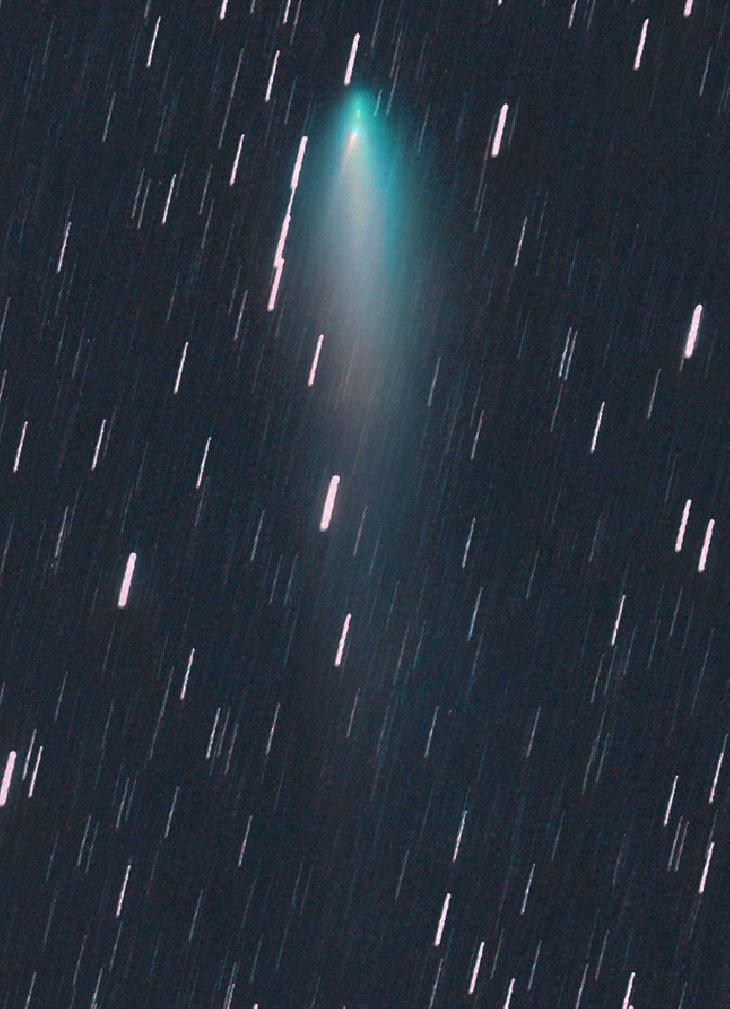Astronomer Photographs Comet Within A Comet In ATLAS
KEY POINTS
- An astronomer photographed a new feature of ATLAS
- A new comet appeared within ATLAS' atmosphere
- The Solar Orbiter will pass through the comet's tail
An astronomer was able to photograph a new stunning feature of the comet known as ATLAS. Based on the photo, it seems an active comet has emerged within it.
ATLAS, which is officially known as C/2019, was discovered last year using the similarly named Asteroid Terrestrial-impact Last Alert System (ATLAS) in Hawaii. Observations in April revealed that the comet has started breaking apart into multiple pieces.
Currently, the fragments of the comet are on their way to reach their closest distance to Earth, which is expected to take place on Saturday (May 23). Comet ATLAS will approach Earth from a distance of 73 million miles away.
While observing the approaching comet, astronomer Michael Jäger from Jauerling, Austria took a photo of C/2019. According to Jäger, his photo revealed a new feature of the comet.
“This is a 35-minute exposure using my 11-inch telescope,” he said, according to SpaceWeather.com. “I tracked the comet as it moved among the stars. As a result, the background stars are streaked.”
Based on the photo, a bright object can be seen flying within C/2019. According to the astronomer, it seems one of the comet’s fragments has produced its own distinct tail while flying its greenish atmosphere.
In other words, a new comet has emerged within comet ATLAS. Although the new comet could be mistaken as a star, an animated video created by Jäger shows the object clearly moving within the comet.
The new comet within C/2019 can be studied further through a new mission currently being considered by NASA and the European Space Agency. Recently, scientists working with the Solar Orbiter revealed that the spacecraft’s current trajectory will intersect the comet’s path.
During the intersection, the scientists noted that the spacecraft would pass through the comet’s tail sometime in late May or early June. As noted by the scientists, Solar Orbiter’s flyby would provide them with a rare opportunity to study the material composition of ATLAS.
“If Solar Orbiter instruments detect material from Comet ATLAS, it will be the first predicted serendipitous comet tail crossing by an active spacecraft carrying appropriate instrumentation for the detection of cometary material,” the researchers wrote in their study published in the journal Research Notes of the American Astronomical Society.

© Copyright IBTimes 2024. All rights reserved.





















